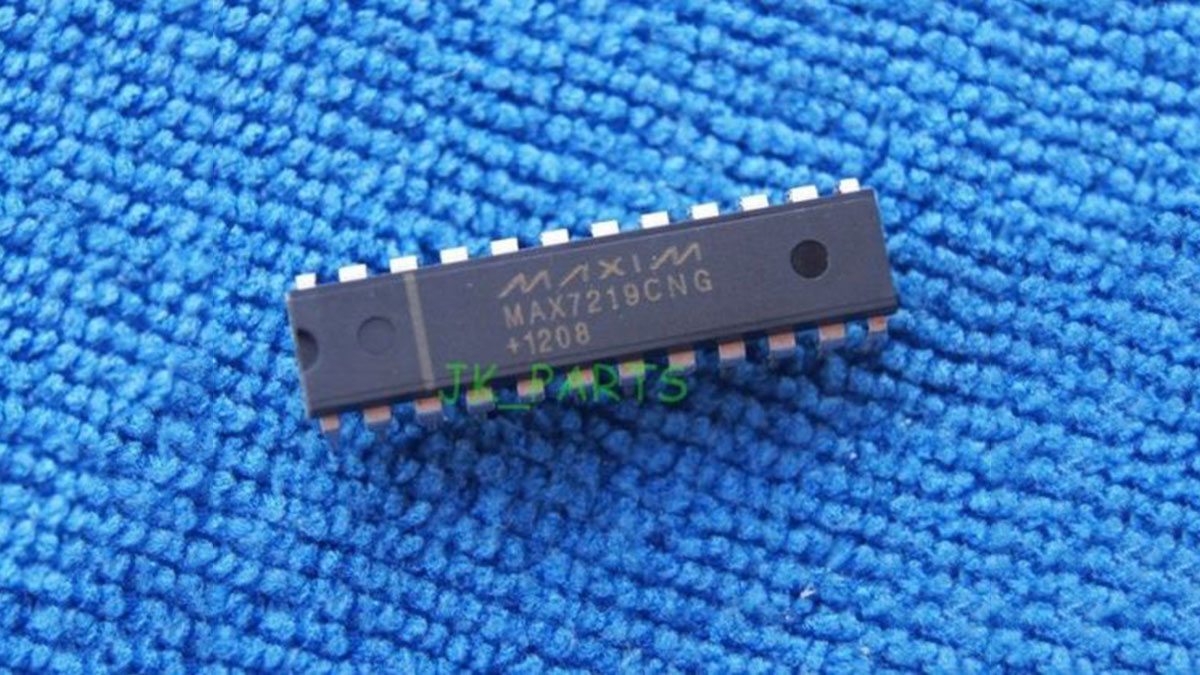REQUIREMENT: WiFi Access with SSID and password if necessary
So this Lazy Old Geek (LOG) has a couple of clocks in my bedroom. One of them loses time when the power is lost. The other is semi smart and automatically adjusts for Daylight Savings Time. Unfortunately, it does this using the old standard so I have to re-set the time four times a year. Well, I’m LAZY so I decided to make my own Clock. At first I was thinking Atomic clock as I have three in my living room (I’m a GEEK, remember?).

Then I thought, I’ve been looking into these ESP8266s which are microcontrollers with WiFi access. Well, the Internet should know what time it is. Windows computers usually use the Internet to adjust their clocks.
So after surfing the Web, I found NTP(Network Time Protocol) which should work for me.
https://en.wikipedia.org/wiki/Network_Time_Protoco…
and to make it even easier the ESP8266 as Arduino already has an NTP example program
https://github.com/esp8266/arduino
So I planned to use the ESP8266, specifically, the ESP-03 as the brains of the clock. I decided on using a four digit, seven segment display. To drive the display, I would use a MAX 7219 IC. See picture.
PROBLEM: So the ESP8266 specification for voltage is 3.0 to 3.6Vdc.
The MAX7219 is 4.0 to 5.5Vdc.
Maxim does make a 3.3V IC MAX6950/1 but it is an SMD package and about five times the cost.
SOLUTION: Well, I had some MAX7219s and tried them at 3.3Vdc and they worked.
Here is the way I look at it. When an IC manufacturer writes specifications for a part, they’re essentially guaranteeing that all parts will meet them. Now in order for them to meet them, the design specification has to be much wider than the specification.
WARNING: So for the purists and perfectionist out there, this design is using the part outside of specifications. If I was designing for a commercial product, I wouldn’t do this. But as a hobbyist, I would.
When buying 7 segment displays for the MAX7219, make sure they are common cathode. Some of them come with the two dots like most digital clocks. The ones I have use the 12 pin interface. They come in different sizes and colors.
Major costs
ESP-03 $2.50
MAX7219 $1.00
4 digit 7 segment display $0.50
L4931cz33 voltage regulator $1.50
Prices on ebay/aliexpress.com
I have a lot of 5V wall wart power supplies. I just spliced in a JST2.0 connector.
So the total cost is about $7 USD.
Attached is the schematic.
For more detail: IP Time Clock using NTP protocol
